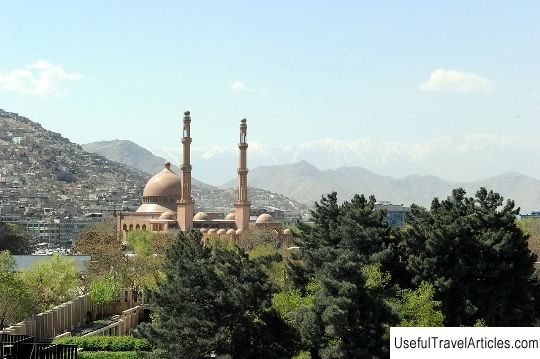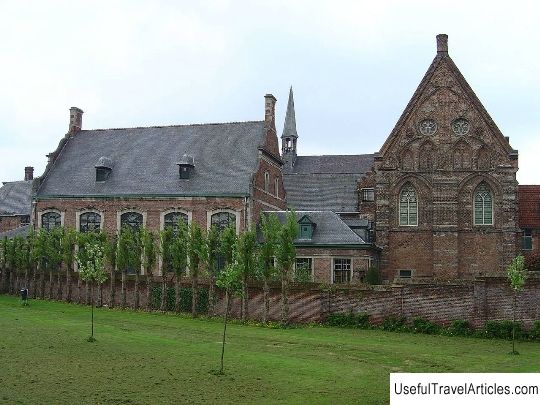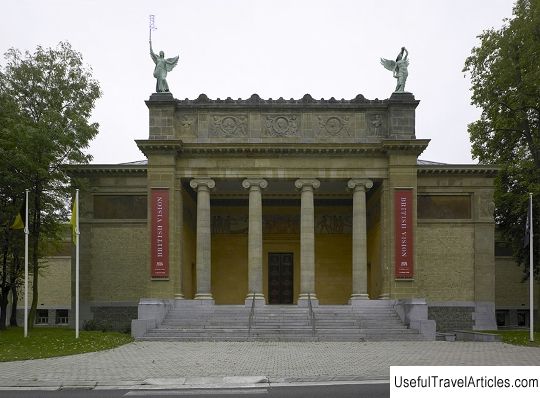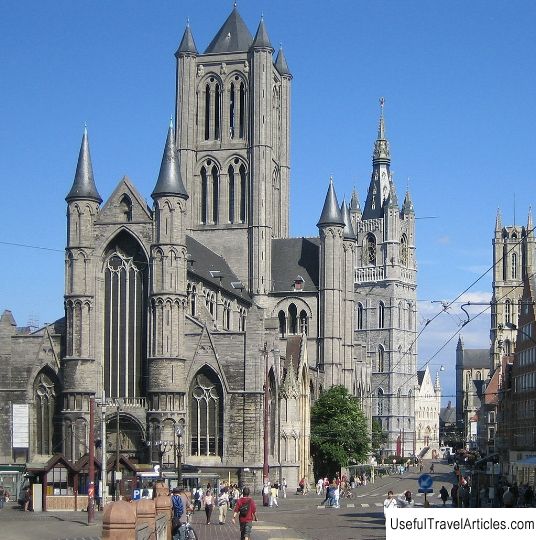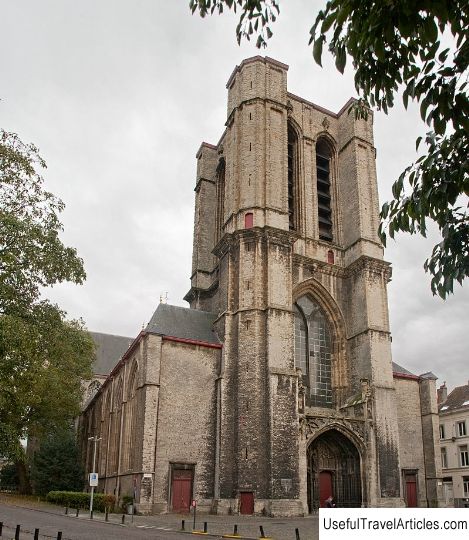Castle Gravensteen (Gravensteen) description and photos - Belgium: Ghent
Rating: 8,9/10 (5893 votes) 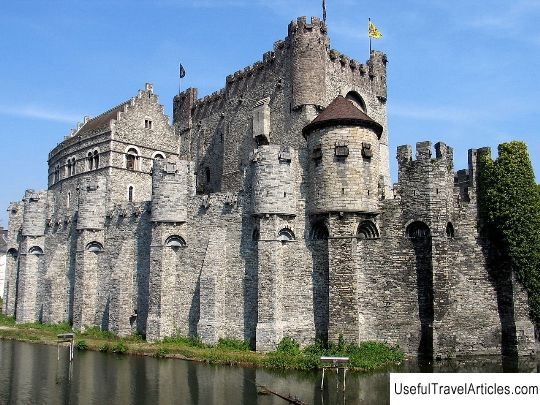
Castle Gravensteen description and photos - Belgium: Ghent. Detailed information about the attraction. Description, photographs and a map showing the nearest significant objects. The title in English is Gravensteen. Photo and descriptionThe powerful Gravensteen fortress, washed on both sides by the waters of the Leie River, is located in the center of Ghent and is considered one of its main attractions. Count Baudouin I of Flanders built the first fortification on this site in the 9th century, which was intended to protect its inhabitants from the Vikings. Count Arnulf in the next century rebuilt the fortress and turned it into a castle, which was built of wood. The current fortress dates back to 1180. Its creator was Count Philip of Alsace. He was fascinated by the castles that he saw during the second crusade. A three-storey stone tower with a height of 33 meters dominated the fortress. It was surrounded by other buildings. Gravensteen Castle served as the residence of the rulers of Flanders until the XIV century, until they moved to the now ruined Prinsenhof fortress, which was considered more comfortable and was surrounded by shady gardens. The abandoned Gravensteen was turned into a prison. The city council ruled the castle until 1778, and then put it up for auction and sold it to private individuals. A cotton factory began operating in the keep in 1807, and 50 families of workers from this factory settled in the barns and outbuildings of the Count's castle. The castle was on the verge of destruction and they even wanted to demolish it. Locals considered it a symbol of abuse of power, oppression and horrific torture. However, at the end of the 19th century, the state bought the castle and began to restore it. Neighboring buildings, which in the 16th century were added close to its walls, were demolished, and part of the defensive walls of the fortress was restored to its original form. Currently, the Torture Museum is open in the castle, which reminds of the times when prisoners were kept here. In addition to instruments of torture, medieval weapons are also displayed here.       We also recommend reading Mevlevihane description and photos - Turkey: Antalya Topic: Castle Gravensteen (Gravensteen) description and photos - Belgium: Ghent. |
